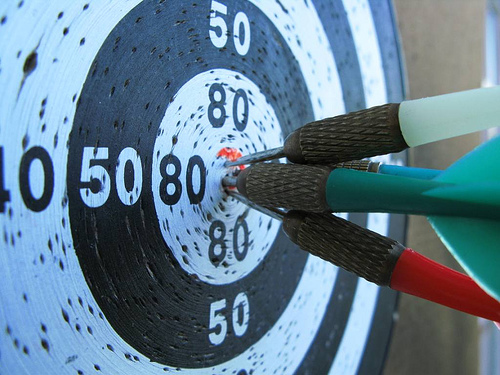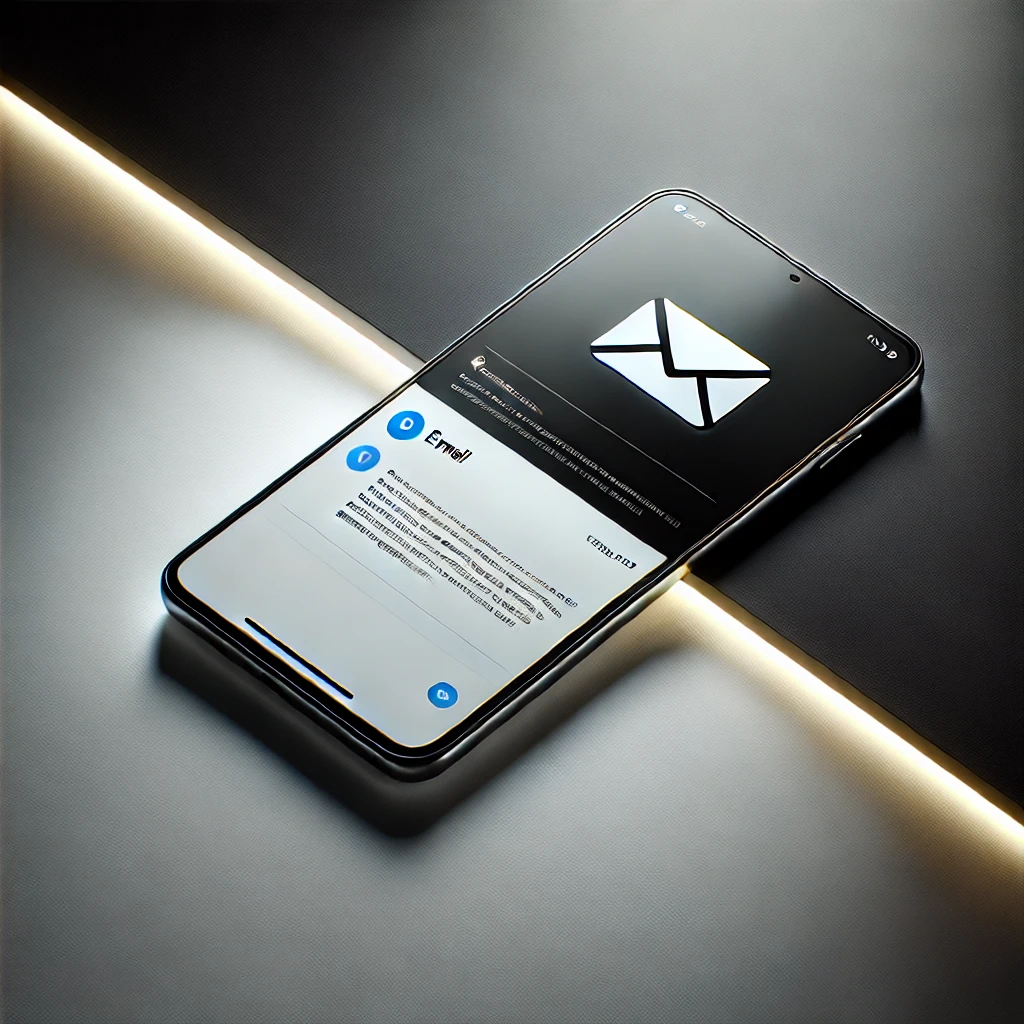Audiences can be targeted with technology using many different criteria: age, gender, location and more demographic segments, in order to build a very precise target audience such as “Men who likes to cook” or “Women who love hiking and are above 30”.
Another important blend to add to the mix is device targeting.
Digital creative agency says that The fact that you have found your target audience, doesn’t mean you know on what device they were exposed to your brand, and this small (but important) factor, can have much influence on the end users’ experience, engagement and finally conversion with your brand.
Dynamic Remarketing users based on their end device can be crucial for your conversion rate and overall success of your campaign, as you have the opportunity to fit your online ad and optimize it to the end user’s device.
Does that mean I have to create a different ad to every mobile/tablet device out there?
The answer is no. Luckily the technology is already out there to create adaptable (“responsive”) ads , that will automatically serve the best image, or dynamically change its layout to fit the end users screen.
This will allow you, as a brand, to tailor message to any screen out there, rather than a device, as the number of devices is fluctuating almost on a weekly basis. See for example a list of common devices – note the number of different screen resolutions and hardware features, which would make it very inefficient to try and target individual devices.
Device targeting, or as we now understand is more of a screen targeting, will drive interaction rate. Same as you might dynamically optimize your ad’s creative content to fit a certain user profile, why shouldn’t you dynamically change the content depending on the users screen?
Implementation is smooth, doesn’t require any advanced real-time detection (as this is done by the ad format itself) and is scalable in means that it is very easy and fast to expand the screen sizes that are supported by the ad.
Targeting the users screen will also allow you to use more creative ways to call to action within your banners.
Functionalities such as “tap to call” or “shake to expand” can only work in mobile/tablet devices, and the same ad can display a different call to action to larger screens (mostly Personal Computers), such as “click to expand” or “roll over to expand”.
Studies show that users bounce rate from desktop sites being served into mobile environments is at an all-time high, “A 1 Second delay in page response can result in a 7% reduction in conversions”.
Same can apply to your online ads served on websites, if they are not optimized to the end users screen, and for example will try loading a 300KB image to a handset, that will cause performance issues, delay in loading, and better chances that the user will either abandon the page or would not convert.
That said, in some cases – pin pointing to a very specific device model may assist in the campaign goals, such as emphasizing hardware features that your Brand’s phone hold, comparing to the end users device – but again, this solution is:
- Not scalable
- Results in much longer production time
- Specific device limitations and hardware differences should be taken into consideration when designing each ad
Is your brand ready for the Multi Screen era? Implementation is quick and easy, and can drastically increase both brand experience and campaign goals.




